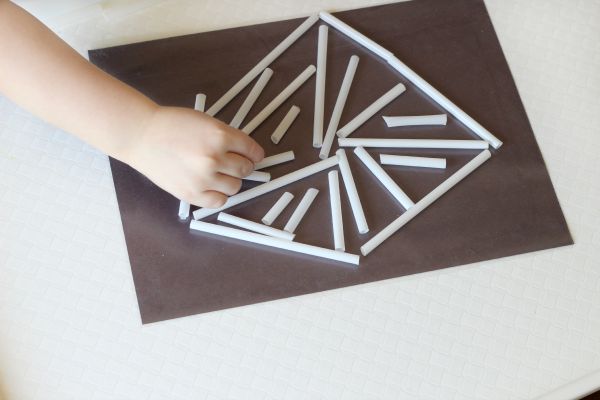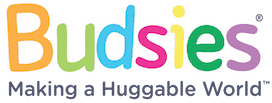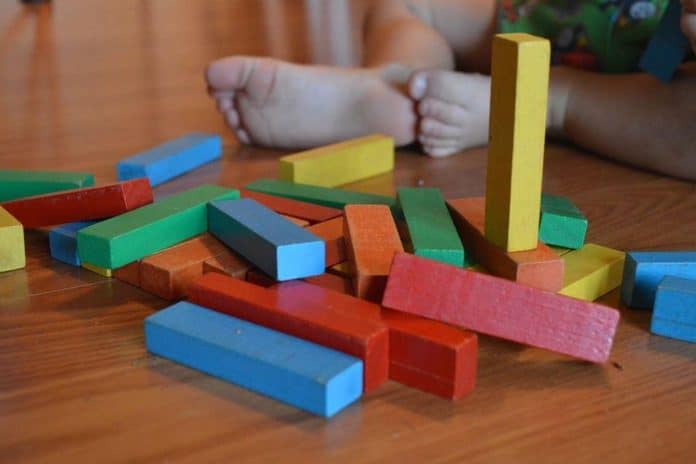We are a professional blog site that may receive compensation or free samples from the companies whose products and topics we write about. We are independently owned, and the opinions expressed here are of the writer. To read the full disclosure click here.
______________________________
Many parents worry about introducing engineering topics to their children. Will they be bored? Will I have to purchase expensive kits? What if I don’t know anything about engineering myself?
You may be surprised at the number of simple learning projects out there that don’t require an engineering degree online—some only need a little time and a few household items.
Here are four projects that utilize an object that’s most likely in your kitchen right now: straws.
Spider Web

This is a good project for preschool-aged children, especially ones who want to learn more about spiders. In the process of building something fun, you can teach them about structural integrity. This project requires straws, play dough, and scissors.
- Cut straws into pieces. Length doesn’t matter.
- Make balls of dough to connect the straw pieces.
- Start with one ball of dough and insert several straws.
- Add a ball of dough to the end of each straw piece.
- Continue to build outward, adding more straw pieces and more dough.
While building, you can look at pictures of different spiders and their webs, or even find one outside your home. Talk about what a spider’s web is made of, what makes it stick together. Experiment with ways of making your web stronger, using different lengths and varying numbers of straw pieces in each ball of dough.
Straw Rockets
Kids love launching things into the air. With a little paper, a few straws, and some tape, you can teach them about aerodynamics.
- Begin by rolling a 3 by 5-inch piece of paper into a tube. Use tape to
secure it. - Bend approximately half an inch of one end and secure with tape.
- Place the tube over the end of a straw and blow into the straw.
- Watch it fly!
Kids can experiment with different lengths of paper tubes and straws, the addition of wings or cones, different weights of paper, or how hard they blow into the straw. They can have contests and record distances with each variation, seeing which ones fly farther.
Bridges
This is definitely one for older kids, as it involves straight pins to connect the straws in the construction. You will also need scissors and a ruler.
- Look up different bridge types online, and choose one to try and build
out of pins and straws. - Measure and cut the straws into the needed lengths for your bridge.
- Use the straight pins to connect the straw ends.
- This project will require the use of math as well as experimentation. See if the bridge can hold a cup of 100 pennies or other weights. Discuss what needs to be changed if the bridge fails, and why some bridge designs
work better than others.
Geodesic Dome
If your kids have ever clambered over a dome on the playground, they may find it fun and interesting to construct their own miniature one. You’ll need 33 straws (18 of one color and 15 of a different color), pipe cleaners, scissors, and a ruler.
- Your children can choose what length to cut the longer straws, and then do a little math by making the other color straws smaller by a factor of 0.885.
- Make six pentagons with the longer straws by sliding a pipe cleaner through each one and using the ends to fasten the struts together.
- Attach five smaller struts to each point of the Pentagon and attach them in the center.
- Attach the pentagons together, using additional pipe cleaners and five smaller struts to form the base.
This project can be expanded to make a full sphere as well.
Your kids will see that engineering is fun as well as challenging if they try out these fun projects. Learning things like structural integrity, balance, and even project management can enlighten their minds and sharpen their intellect. Who knows? One day they may become engineers themselves and put those skills to use in a valuable and exciting career!





